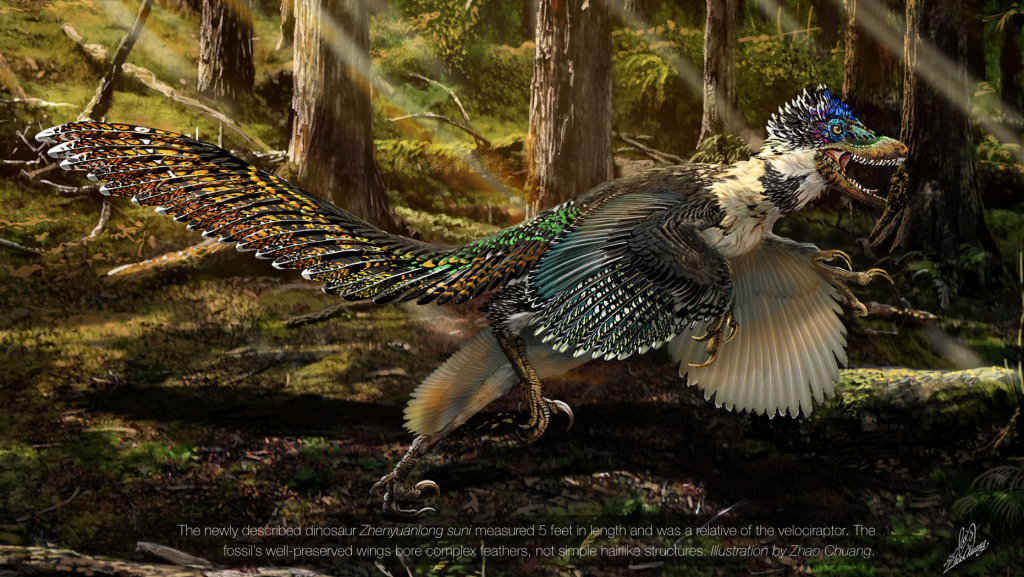Bird guides, who knew!
I am giving a birding presentation this week and preparing for it, I ran into something I never knew and I can’t stop thinking about it.
As anyone who has used a bird guide knows, the organizational system behind all bird guides is identical and impenetrable. Experienced birders learn how to navigate the books and where to look for each family. Water birds are first and fourth. Between them are most of the hawks and large grassland birds like pheasants and quail. Then it’s back to shorebirds and gulls. If you are looking for a warbler, it is almost at the back, just before the sparrows.
It is as though the guide itself is a cruel initiation rite that all birders must go through.
Turns out, the organizational strategy isn’t entirely random. It just seems that way. Bird guides are actually organized to reflect the sequence of evolution in birds. In other words, the first birds to evolve out of that ancestral dinosaur are listed first in the book and the last birds listed are those that evolved last.

This is what the dinosaur that gave us birds might have looked like.
Because our bird guides cover only birds found in North America or perhaps Central America, we miss the first bird in the global bird guide. It is an ostrich. The Ur bird. The most primitive of them all is that great flightless wonder. It kind of makes sense. That long, naked neck and those claws! Because our bird guides don’t cover Africa, our first birds are loons. Harder to imagine as close to the dinosaurs. Bringing up the front, most recently evolved for us, is the goldfinch.
Recently, there have been changes in were some birds appear in the guide. For as long as I’ve been alive (which is practically forever), falcons were grouped with the other diurnal raptors aka, hawks. But if you buy a new bird guide and want to find the falcons, you will have to flip pages all the way to parrots which are seven evolutionary steps past the hawks.
Prior to the ability to sequence DNA, those who decide such things relied on fossil evidence and functional similarities when deciding where to group birds. But when you can actually look at the DNA, you can see where on the evolutionary time-line this bird actually is.
Another family that has recently moved are the vireos. When I was first pawing through the guides, vireos were close to warblers. This made some sense because you usually saw them at the same time and they are both active insectivores. But it turns out that vireos are more closely related to shrikes and jays than they are to warblers. Hence their new location in the bird-guide sequence.
This would all be merely interesting but obscure except that in a recent and depressing study released in the journal Science documents the horrific decline in bird populations in North America. Over the last 50 years, we have lost 1/3 of our birds. That’s three billion missing birds. Among the species particularly hard hit are grassland birds and warblers.
But there were a few bright spots. Wetland birds are rebounding, likely due to the focus on habitat restoration. Another bright spot was the vireo. Why on earth would vireos be booming while warblers are in stark decline? I don’t know, but I do know that although they seem to occupy the same ecological niche, they evolved along different paths and perhaps therein lies a clue.

